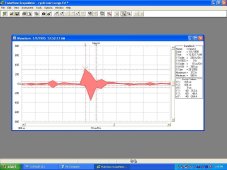Yeah, noticing that about the NTC.Unfortunately, I don't think NTC can be paralleled. Needs all its material thermally joined. (PTC, for fuses, I think could be paralleled.)
So you need a big enough one. And by the way they run HOT ?
Some batteries have built-in inrush circuits.
I think some of the Signature Solar server-rack batteries may have.
The issue is whether it meets needs for any given inverter a customer uses it with. External inrush, people can do their own.
But motor likely has less capacitor than big home inverters.
The Signature Solar NG4-WP 48V, 100Ah, with its 200A BMS is actually the most surprising to see needing the pre-charge circuit be added...as with its 200A BMS and 350A short circuit safety, I thought it would be more than enough to handle the in-rush...considering we are looking at over ~9600W Steady, and ~16800W short being handled by its BMS.
If I do some quick math (with estimates)...taking 1hp = ~750W, the ZT540e being at most ~8hp we see 6000W this is absolute maximum as that would be at 48V 125A, and risking the fuse.
If we take this, and calculate what *could* be acceptable for the previous lead-acid batteries in short bursts....could the in-rush be roughly 400-550A, 19,200-26,400W?




